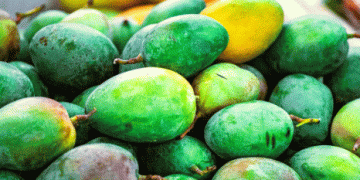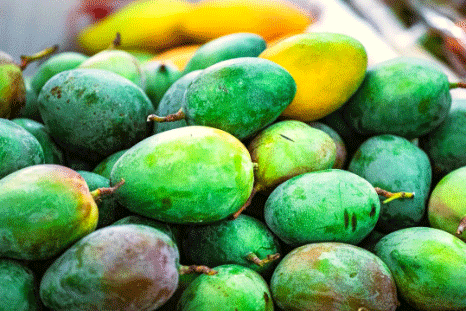In 2023, Peru has firmly established itself as a key global supplier of mangos, with exports totaling 18.5 million kg between January and September, generating $52.08 million in revenue. The USA emerged as the top destination, importing $18.76 million worth of Peruvian mangos. Peru’s ability to meet growing demand in various international markets demonstrates the country’s strong position in the global mango trade.
Other important markets for Peruvian mangos include Canada, South Korea, Japan, Belgium, Chile, and the Netherlands. Belgium imported $3.95 million worth of mangos, while the Netherlands and Chile followed with imports worth $1.88 million each. This diversified market base reflects Peru’s robust export strategy, where the country’s agricultural sector has built strong ties with buyers across the globe.
The impressive export performance is driven by a combination of favorable growing conditions, advancements in agricultural technologies, and the strategic efforts of leading Peruvian exporters. Companies like Virú, Agrícola y Ganadera Chavín de Huantar, Frutos Tropicales Export, and Agroindustria Frutos de Oro have been pivotal in ensuring Peru’s mango production remains competitive in both volume and quality. These companies continue to innovate, investing in better post-harvest treatments, cold chain logistics, and improved mango varieties to meet international standards and consumer preferences.
The USA’s dominance as the top importer of Peruvian mangos can be explained by its high demand for tropical fruits, especially in the off-season months when domestic production is low. Peru, with its ability to supply high-quality mangos during this gap, has effectively positioned itself to fulfill this need. Additionally, Peru benefits from strong trade agreements with North American countries, particularly under the United States–Peru Trade Promotion Agreement (PTPA), which reduces tariffs and simplifies the export process.
In markets like South Korea and Japan, Peru faces stiff competition from regional mango producers. However, its growing market share in these countries reflects a shift toward diversification and the strengthening of trade relationships. By adhering to strict phytosanitary protocols and delivering consistent quality, Peruvian mangos have managed to carve out a space in these competitive markets.
The European Union, another critical destination for Peruvian mangos, also provides a lucrative market. Countries like Belgium and the Netherlands serve as key distribution hubs for mangos, not just for consumption within their borders but for re-export to other European nations. These markets offer opportunities for future growth, especially as demand for exotic fruits continues to rise among health-conscious consumers.
Peru’s favorable climate, particularly in the northern regions, plays a significant role in its successful mango production. The country’s annual mango season runs from October to March, aligning perfectly with the off-season demand in the northern hemisphere. Additionally, advancements in water management and sustainable farming practices have enabled Peruvian farmers to optimize yields despite challenges such as water scarcity in some regions.
Peru’s mango export industry continues to flourish, with revenues surpassing $52 million in the first nine months of 2023. By maintaining strong trade relationships, utilizing advanced agricultural practices, and meeting global demand for high-quality tropical fruits, Peru has solidified its role as a key mango supplier. As the country expands its export markets and continues to invest in agricultural innovation, the future of its mango industry looks promising.


































